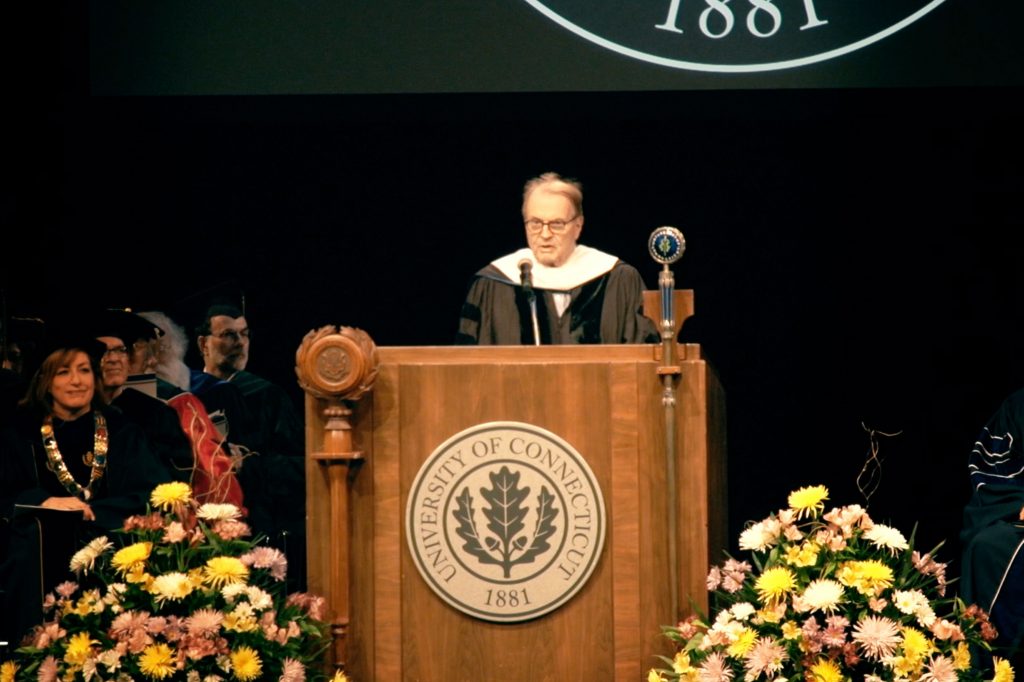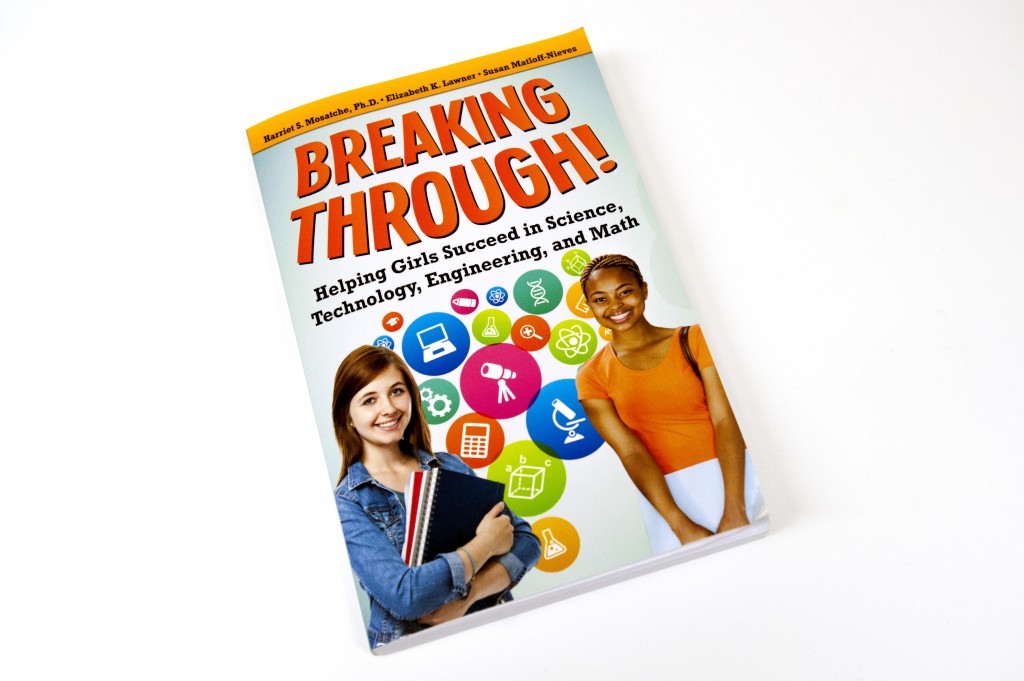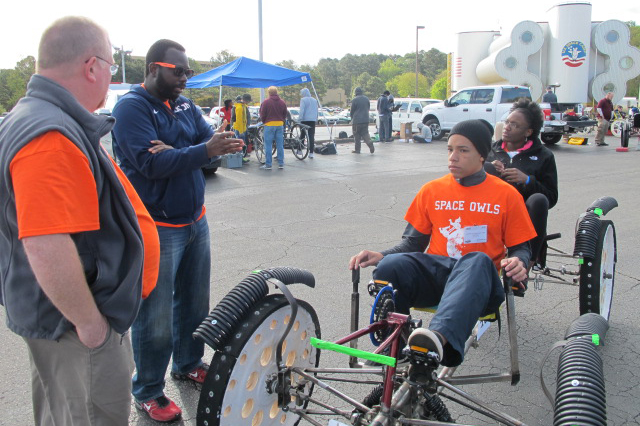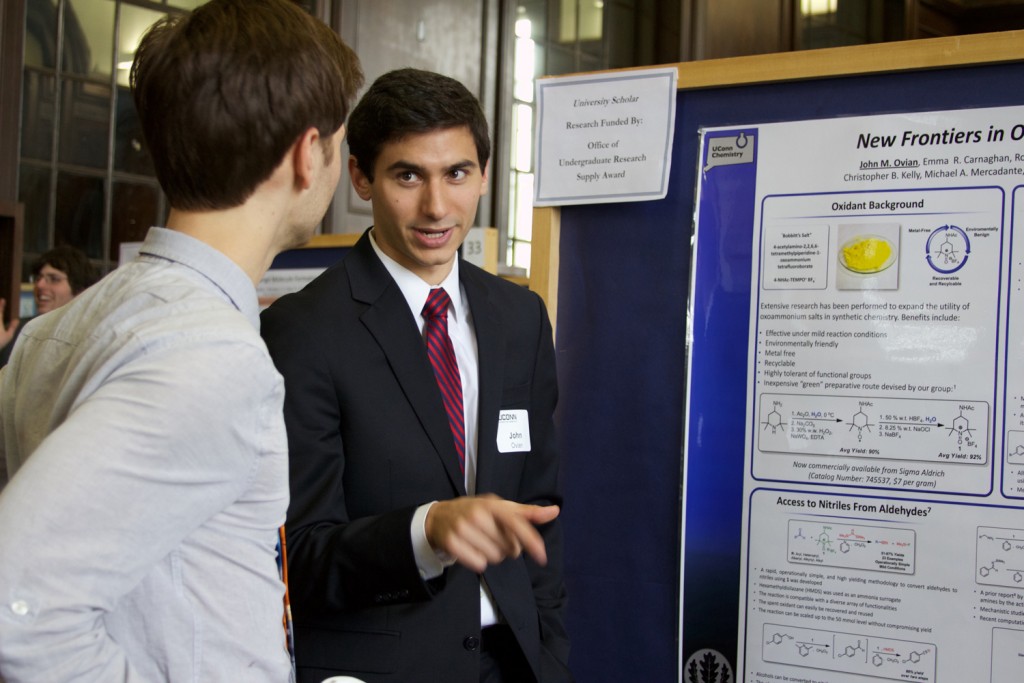Graduates
UConn Puppets Take the Pops
Follow the collaboration between UConn's Puppet Arts program and 'America's Orchestra,' from concept to dress rehearsal.
May 19, 2016 | Kenneth Best
A Glimpse into the Life of the Professional Artist
Master of fine arts students learn to 'sell, schmooze, and network' through a tour of studios and private galleries in New York City.
May 13, 2016 | Kenneth Best
Charles Osgood Speaks at UConn Health Commencement
'Medicine stands on the threshold of great advances, and you will be a part of that,' the legendary newsman told medical and dental graduates.
May 10, 2016 | Bret Eckhardt
Oliver Stone Addresses Graduate Students at Commencement
The film director and screenwriter spoke about academic failure and perseverance.
May 9, 2016 | Bret Eckhardt
Be Brave – Go STEM
Don't be afraid of not being perfect, says a UConn graduate student in a new book about girls in STEM fields.
May 5, 2016 | Sheila Foran
Preparing to Face a Hurricane
An engineering graduate student has developed a model that can help Connecticut use its storm shelters more efficiently – and also save money.
May 4, 2016 | Josh Garvey
English Ph.D. Student Finds Beauty in ‘The Ruin’
A UConn graduate student in English has won the prestigious 2016 Discovery Prize for work that connects ancient poems to modern poetry.
April 22, 2016 | Sydney Lauro '17 (CLAS)
MFA Exhibition Explores Aspects of Self-Discovery
The themes represented in this year’s Master of Fine Arts exhibition include racial identity and rural upbringing.
April 20, 2016 | Kenneth Best
A Vehicle Fit for Space Exploration
A UConn engineering grad student led a team of high school students in the NASA Rover Challenge to build a human-powered 'moonbuggy.'
April 15, 2016 | Combined Reports
Undergraduates Present Research at Frontiers Exhibition
The 19th annual Frontiers in Undergraduate Research Poster Exhibition featured a record 272 undergraduate presenters.
April 14, 2016 | Sydney Lauro ’17 (CLAS)









